Having a website professionally designed is not as easy or as fast as some might think. Quickly and unplanned website often result in failure. The steps to developing a new website can also be a little overwhelming at first, however our goal is to make this process as painless as possible. If you want to do this the right way, there are several steps, questions and decisions that need to be answered and you need to be ready for this.
Goals & Target.
What is the main purpose of this website? Who do you want to reach? Who is your target market? Who else is doing something similar?
Name & domain.
Do you have a business name already? Is this name something that will get people’s attention? Is it a clear name? Does it reflect your business and what you do? Remember that a business name will stick with you forever. This is probably one of the most important business decisions you will ever make.
When selecting a domain name we always recommend:
– a name that is easy to understand when told to someone else. Practice: say the name out loud. If you need to repeat it more than once, if you need to correct the spelling of it; then you might need to reconsider.
– a not too long name. Once again, you want people to remember the name. Decide for: www.pinkstudios.net rather than www.pinkstudioswebdesignandbrandingagencyforeventplanners.com. Ok, that was too long but you get the point! 😉
Domain names are paid yearly and usually cost about $15. However, premium domain will have higher prices. The most popular domain registrar (and our favorite as well) is GoDaddy.com. It is inexpensive and easy to register and manage.
Hosting.
After you have decided and registered your domain name, you’ll need to find a hosting service. A hosting service is what allows your website to be available on the Internet. In simple, is where your web files will be stored and then pushed to your visitor’s web browser.
Once you have covered these first steps.. we’re now ready to get into the fun part: planning & design!
Premade vs. Custom.
At this point, you’ll decide whether you wish to have a custom website built or choose a premade template for your website. There are pros and cons between these:
– Custom designs are made specially for you. You’ll be able to provide your input throughout the whole design process, making this design exactly what you were looking for.
– When you choose a premade template, you’re purchasing a web template that was previously built and it is sold as is.
– Custom websites tend to be priced higher than premade templates, however you are guaranteed a unique design.
– Premade templates are priced considerably less than custom templates. Our premade templates are sold multiple times which allows us to maintain a low price on them. However, this means that someone else in the Internet could have the same web template as you will. Our guarantee to you is that we never compromise quality in our premade designs.
Website: the big picture.
At this point, you need to have a clear understanding of what you need your website to accomplish, the content that will be included in the website, design details, etc. When contacting your designer, the following questions must be answered – this will give the designer/developer a better understanding of your view for the project.
– Design Any design specifics you have in mind and that you’d like to give as input to your designer. (Color palettes, fonts, icons, background, patterns, photos, illustrations, logo, and so on.)
– Pages & navigation: How many pages will your website include? Which of these will be the included on the main navigation (i.e.: Home, About, Services, Gallery, Contact), Do you want a top horizontal navigation or a left vertical navigation?
– Content: Start drafting the content to be included. For this, proper email communication is key. Create individual documents with proper title and content for each page. A great practice for this is to create separate folders where each folder is a navigation tab. There, include all the images to be included, document with content, and any other details. Also, include a brief description for each page.
However, if you find the creation of all your website’s content to be overwhelming, you can consider hiring a Public Relations agency / Copywriter to create all your website content.
(For more on proper email communication read our article: The science of proper emailing. 10 Do’s & don’ts when sending emails.)
– Blog: Will this website include a blog?
– Gallery: Will this website include a gallery?
– Contact: Will this website include a custom contact form? Which fields will the form have? To which email address should the inquiries be sent to?
– Functionality: Are there any specific funcionalities that you know your website must have? Home slideshow? Downloadable content? SEO Optimization? E-commerce cart? Paypal transactions? Google Analytics setup?
Ready, Set, Go!
At this point, your website should be ready to go live. The most important aspect to a successful website is quality of content and promotion. Promote, promote, promote. People will never know about you unless you get the word out. Why should they visit your site? What do you offer that interests them? How are you going to keep them entertained? Do you have a plan? Don’t forget to add your web address into every promotional item you give out: business cards, flyers, email signature, social media, etc.
Do you have any questions? Need info regarding how to promote your business online and get the best rankings, drop us an email.


